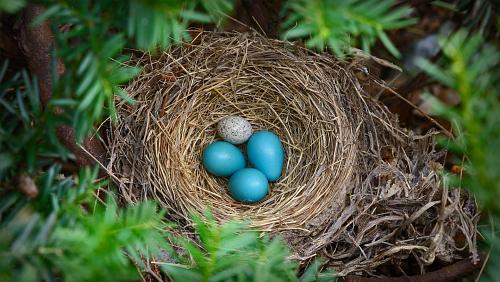PVC, or polyvinyl chloride, is a widely used plastic material that has come under scrutiny for its potential environmental impact when incinerated. There have been concerns about the release of dioxins, a group of highly toxic chemicals, during the incineration of PVC. However, many of these concerns are based on outdated information and misconceptions. In this article, we will debunk some of the myths surrounding PVC incineration and the release of dioxins.
Myth #1: PVC incineration is a significant source of dioxin emissions
The truth: While it is true that dioxins can be formed during the combustion of PVC, modern waste incineration facilities are equipped with advanced air pollution control technologies that can effectively capture and destroy dioxins. Additionally, the use of proper combustion techniques and careful monitoring can further minimize the release of dioxins into the environment.
Myth #2: PVC is the only material that emits dioxins when incinerated
The truth: While PVC does have the potential to release dioxins when incinerated, it is not the only material that can do so. In fact, dioxins can be formed from the combustion of any organic material, including wood, paper, and other plastics. The key to minimizing dioxin emissions from incineration lies in proper waste management practices and the use of advanced pollution control technologies.
Myth #3: PVC should be banned due to its dioxin emissions
The truth: Banning PVC based on concerns about dioxin emissions is a simplistic and ineffective approach to addressing the issue. PVC is a versatile and durable material that is widely used in a range of applications, including construction, healthcare, and packaging. Instead of banning PVC, efforts should be focused on promoting responsible waste management and the use of environmentally friendly alternatives. Additionally, the development of more sustainable and recyclable forms of PVC can help reduce the environmental impact of the material.
Myth #4: Recycling PVC is a better alternative to incineration
The truth: While recycling is often touted as a more sustainable option than incineration, not all PVC can be effectively recycled. Many PVC products contain additives and contaminants that make them unsuitable for recycling. In such cases, incineration can be a viable option for managing PVC waste, especially when coupled with advanced pollution control technologies.
In conclusion, the concerns surrounding PVC incineration and dioxin emissions are not unfounded, but they can be effectively mitigated through the use of modern waste management practices and pollution control technologies. Instead of demonizing PVC, there should be a focus on promoting responsible waste management and the use of sustainable alternatives. By addressing the issue in a thoughtful and informed manner, we can ensure that PVC incineration does not pose a significant risk to the environment.






